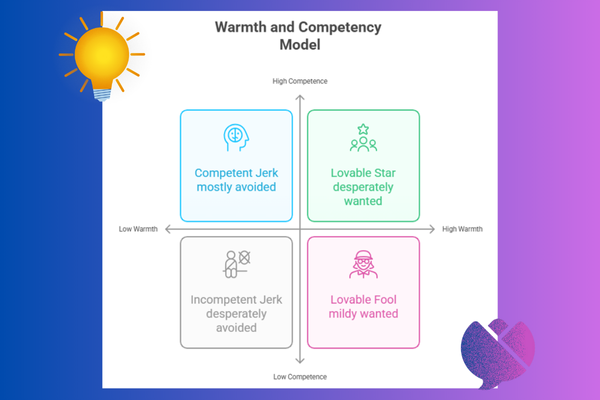Last week I ordered a set of cards at a print shop. Because I wanted to show them to my team on Texel, I ordered them with urgency and paid 20% extra for next day delivery. Late that afternoon, I received an email. Their printer had broken down, so delivery would be delayed by one day. Nicely communicated, yes. But my job to be done was simply to have the cards with me the next day. They broke their promise.
I asked my 20% back, but got a disappointing answer. Knowing I can be I picky customer as a CX professional, I decided to ask my LinkedIn community what they thought. Thirty two of you joined the conversation, and the insights were brilliant.
The comment that received the most likes came from Arne van Weenen, and I couldn't have said it better myself. Here is his answer, translated to English:
"There's a big difference between how we wish companies would act and how they actually act. Most are trapped in their own processes, and yes, they may be 'in their right,' but that's not how you win customers.
Step one, do everything you can to make sure the customer gets their order on time, even if that means producing it elsewhere.
Step two, inform and discuss what is still acceptable for the customer.
Step three, compensate. Otherwise, it's a case of 'operation successful, patient deceased.'"
Clear. Sharp. And painfully true. Thank you Arne for sharing your CX Wisdom.
Reading through all comments, I realized this situation is not just about a broken printer. It's about broken logic, when internal thinking takes over from customer thinking. So it made me curious, what can you do when there are rainy days, instead of sunny days?
Based on all answers, and my own CX knowledge, I created this for you:
Five CX lessons from this rainy day dilemma:
- Process thinking versus customer thinking
Print&Bind focused on how they handled the order internally ("your order is still treated as urgent") instead of what the customer experienced. Customers never buy a process. They buy a promised result. - Promises define perception
A "next-day delivery" is not a nice extra. It's a basic expectation. When it fails, satisfaction drops instantly. The way you handle these moments defines loyalty far more than your terms and conditions ever will. - Service recovery as opportunity
They missed a golden recovery moment. Crediting the 20% rush fee, or adding a small gesture like a handwritten note, would have cost little but earned lasting goodwill. As Khachig Assadour said, "A problem only becomes a real problem when it's not solved." - Responsibility lies with the company, not the customer
Invoking "force majeure" might be legally correct, but it's not customer-centric. The breakdown was their risk, not mine. Taking ownership would have turned a disappointment into a positive experience. - Prepare for rainy days
This is the big one. Every organization should anticipate foreseeable issues, like system failures or supply problems, and plan their response from a customer's perspective. When things go wrong (and they will), readiness makes all the difference.
So, my dear Business Friend, go and hunt for your own rainy day scenarios, those moments that tend to go wrong. Because when trouble comes, how will you respond? Make sure you are ready, with your rainy day customer journeys in place.
When you prepare for the rain, one single employee can't wash away your reputation. As happened in this scenario. The good news? Is that the CX lead of Print&Bind has reached out and truly wants to learn.
Because.... It's not the sunshine that builds loyalty. It's how you show up when it rains.
Until next time, keep spicing up your Customer Experience leadership.
*****
Nienke Bloem is often called the Customer Experience speaker in the blue dress.
She's a global CX thought leader, educator and a global keynote speaker who inspires audiences with best practices and proven methodologies. She leads a speaking practice, a CX game company and a training business; she breathes Customer Experiences and is author of two CX books.
Her two-day Customer Experience Masterclass is known as the best program to prepare for your CCXP and she is the go-to person for CX leaders who want to advance their leadership and bring direct results from their Customer Experience transformation programs. Since 2020, she hosts a CX Leadership Masterminds program and helps leaders spice up their leadership and deliver an engaging CX Story including a solid CX Strategy. Besides, she is a modern-day pilgrim and found the parallel with leading customer centric transformations.
With her over 20 years of corporate experience, she speaks the business language. Her keynotes and education programs in Customer Experience are inspiring and hands-on. She is one of the few Recognized Training Partners of the CXPA and it is her mission to Make Customer Experience Work and help you deliver business results. Subscribe to her weekly CX Greetz to stay tuned.


